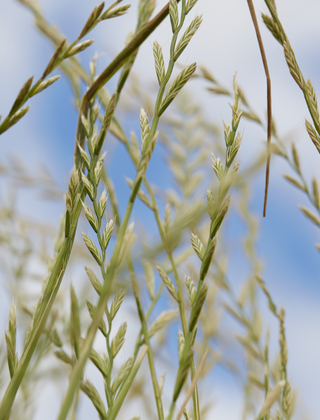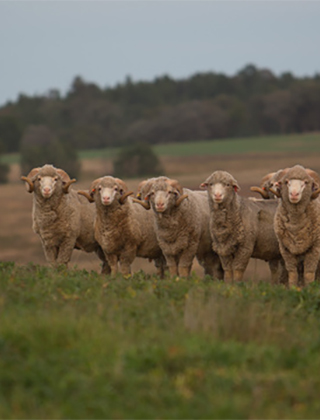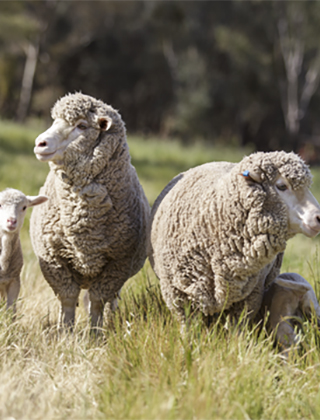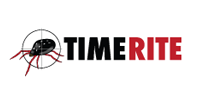Using eID for profit and productivity
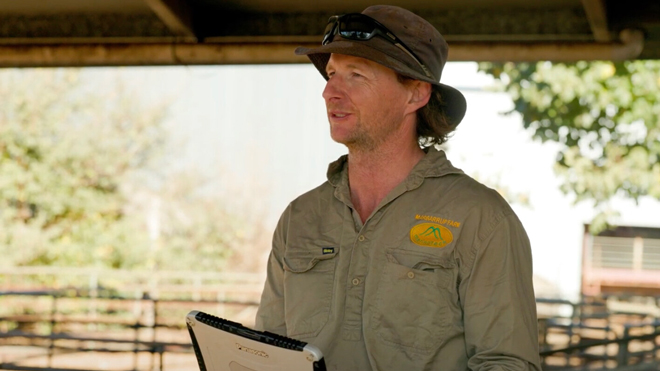
Ben Webb of Marbarrup Farms at Kojonup in WA has used electronic identification (eID) to improve his flock’s productivity by collecting meaningful data, gaining deeper insights into his flock’s performance, and making more informed decisions on farm.
During a recent webinar hosted by AWI Extension WA, Kojonup woolgrower Ben Webb of Marbarrup Farms, and expert Mark Ferguson from neXtgen Agri, shared their practical tips and experiences on how to use eID to boost farm profit and productivity.
Ben’s experience shows that even without a strong technology background, eID has been a game changer in his enterprise. It has saved him time and improved productivity and therefore profitability – he wouldn’t go back to farming without it.
Ben and his wife, Emily, run a mixed enterprise of Merino sheep and cropping on 2,150 hectares about 35 km west of Kojonup in the southern wheatbelt of WA. In addition to the 3,200 ewes in their commercial Merino flock, they also breed rams from 770 ewes for Merinotech, an intensively recorded ram breeding nucleus founded in 1988 by a group of WA Merino breeders.
eID a game changer
Ben and his father, Bill, started using electronic tags about 15 years ago to collect data in their ram breeding enterprise, which Ben says was a pivotal moment for the business.
“Electronic tags are so much easier, quicker, and more accurate to use than visual tags,” Ben said.
“For us, collecting data starts at pregnancy scanning. I scan the sheep with the stick reader (the eID reader, also known as a wand) and when the scanner calls out wet/dry, single/twin, I simply press one, two, or three on the stick reader. It’s that straightforward and doesn’t slow the scanner down at all,” Ben said.
“Throughout the year, we collect data on health and welfare traits like breech wrinkle and cover, dags, worm egg counts, feet and structural traits. In February when the rams go out, we also do a pre-joining collection of data for back fat, eye muscle depth, body weight and condition score for each ewe – it all gets recorded and stored on my laptop.
“On the wool side of things, out in the yards at shearing we do mid-side samples which we send to Genstock for micron and yield testing, and we also record fleece weight at shearing.”
It’s important to capture life data early on. Lamb marking is a crucial time to collect data using eID. Recording whether a lamb was born a single or a twin, or out of a maiden or mixed-age ewe, should ideally happen at lamb marking. If this information isn’t recorded at marking, the richness of the dataset later is significantly reduced and you can never get that foundational data back for that animal.
Start simple and build up
Producers new to eID technology don’t need to start with expensive equipment – they can start simple. An eID reader and basic software like Excel would be sufficient for many producers starting out.
“We started with a stick reader and a Panasonic TOUGHBOOK laptop. You can do a lot with just a stick reader; you don’t need a huge initial investment to gather useful data that can lead to valuable insights, especially when life data is recorded early,” Ben said.
“We use Shearwell tags, and we now store all the data in a software program from Sapien Technology called KoolCollect which we’ve found to be easy to use. The company provides excellent support, so if there is a problem, we simply call up the helpline and they’ll sort us out. They can remote log on to my computer which is very handy because I’m not very tech savvy.”
After starting with just a stick reader, Ben has since upgraded his yards with a classing crate, scales and autodrafter, all of which have helped streamline his eID data collection.
Ben has recently started using eID in his commercial flock and plans to collect and utilise more data in the future.
“I would like to be able to count the sheep through the race, so I’ll set up panel readers at the end of the drafting or drenching race,” he said. “We’ll also probably start collecting some reproduction data from the commercial flock at scanning which is pretty easy, it doesn't slow anything down.”
Ben also tracks lamb weight gains on different fodder crops like lupins and faba beans; eID allows him to quantify which feeds provide the best growth.
“I also wouldn't mind trialling the OptiWeigh technology for in-paddock weighing so I can get some ideas on how the lambs are ticking along in the paddocks.”
For all woolgrowers, eID is here to stay and embracing the data opportunities it presents is a path to more informed, profitable and productive sheep farming. It can take two to three years to build a useful data set, but once you do, the insights are powerful.
More information: www.wool.com/marbarrup
Precision Sheep Management (PSM)
A new five-year project funded by AWI and Meat & Livestock Australia aims to unlock the broad potential of eID for sheep and wool producers to improve their on-farm productivity and profitability. If you are interested in participating in this initiative, please see www.wool.com/psm and contact carolina.diaz@wool.com.
Top Image: Ben Webb of Marbarrup Farms at Kojonup, WA.
This article appeared in the Spring 2025 edition of AWI’s Beyond the Bale magazine that was published in September 2025. Reproduction of the article is encouraged.






